For those of you who remember my previous post showing a parking lot full of containerized shade trees, this is an update to some of the questions that were asked. I finally ran out of my gourmet Italian grated cheese stock and made my way to the particular grocery store in this plaza…and this time I brought Uber-Camera, so no lousy cell phone shots.
I also took the time to explore the entire site while evading the rent-a-cops who patrol the plaza and it is much worse than even I, the eternal skeptic, could have imagined. I post this not to ridicule, but to be educational in nature in the hopes that you won’t design something like this, or if you see something like this on plans you encounter or at a public review meeting, you will speak up before it is installed. No doubt, this is a vernacular landscape designed by either an engineer or a contractor.
As you can see, this poor Zelkova isn’t doing too well. And neither are its brethren (why are we still planting these things? They aren’t good parking lot trees!). Most of the nursery stock that showed up should have been rejected. Many have bent trunks, second leaders, or were hacked apart like this poor tree. The tops, as is standard in this region for Zelkovas, are already starting to die off on many. Despite watering and recent rains, the poor things look parched, which I will elaborate on in a minute. Their severe exposure has split the bark of many, which are not long for this world.
The container is about 40″ in diameter, 36″ high with an exposed aggregate finish. There is no irrigation; instead, a landscape maintenance company (also the install contractor) waters the annuals in the planters with a tank truck. There is no mulch placed in the planters, as you can see by the exposed planting soil of the New Guinea Impatiens. Also note the scraggly and really struggling KnockOut roses…and these are in relatively good shape compared to one on the rest of the site. Also note the staking….stay tuned for more with that as well.
Not having any tools with me, I started to dig in the planter around the trunk to find the root flare with my fingers, and while I found some small roots about 2″ down in the soil, I could not dig far enough into the soil to actually find the flare and the top of the major roots…the soil was THAT HARD just below the surface. I tried this with several trees, but I was not able to take any real measurements for depth. There was also a change in soil composition, but I could not tell if it was fill or from the root ball without pretty much taking the whole thing apart, which I was not about to do in the middle of a parking lot in broad daylight with a security patrol roaming about. “Officer, I was checking the depth of the root ball in the planter. Do I work here? Well, no.” The soil below the surface was also sandy in nature, and despite the soil on the top in which the annuals were planted, the soil around the tree below the surface was actually a bit dry. This could explain while being watered, they are not being watered enough to meet the tree’s needs in this most hostile of environments. Also note the bend in the trunk, a great many of the trees had very crooked trunks and should have been rejected…this one is minor compared to others. With regards to staking, you can see how effective it was, as many of the trees in the photos are leaning. This is what happens when the tree is not staked into undisturbed soil. Staking is rarely done properly by commercial landscapers, who often rely on the weight of the root ball to make the staking work. This, of course, is totally ineffective.
Story continues below, but now more pickitures…
This gem shows another huge flaw in using tall planters and short trees, visibility. Mind you, I have a very low car, but most drivers would have a very hard time seeing oncoming traffic at this intersection thanks to all the obstructions. This is a condition in many parking lots in the area, but this one is one of the worst. When designing parking lot landscaping, do not use any plant materials on the ends of islands or at intersections that will NATURALLY grow to a height of 30″ inclusive of the curb height and the height of the planting soil. To provide proper visibility, there should be a gap in dense plantings (foliage) from 30″ to about 5′ to accommodate a wide variety of vehicles, from sports cars to SUVs. The emphasis on the word ‘NATURALLY’ is because of maintenance, or a lack thereof. If you plant a shrub in a parking lot island that will get 6′ in height, very often it will do just that, and can cause a very dangerous safety issue.
Moving on beyond just the plantings, this center has some pretty egregious ADA and IBC violations. In addition to some serious cross slope issues on the sidewalks, and some very unusual drainage design, perhaps the most obvious no-no are the storm drain covers on the accessible route from the accessible parking spaces to the rear of the ‘main street’ to the front sidewalks where the doors are. Yes, the gaps in the covers are 1″ wide, while they legally cannot be over 1/2″. Even two passers-by noticed it as I was taking pictures and picked up on the dangers to wheelchairs and ladies with heels without me even saying anything to them. They approached me! If the lay-person can spot the problem, then how did the designer miss it? I hope to address more ADA/IBC/universal access issues in the future, as it is still a very misunderstood and often ignored topic.
Seeing how not to do things is one of the most valuable ways to learn, we started a forum category entitled, “Design Over-Site“, where this conversation can live on. If you have any examples, please feel free to add to the conversation and post your own pictures in the forum, here.
Let me know what you think in the comments below…
Published in Blog


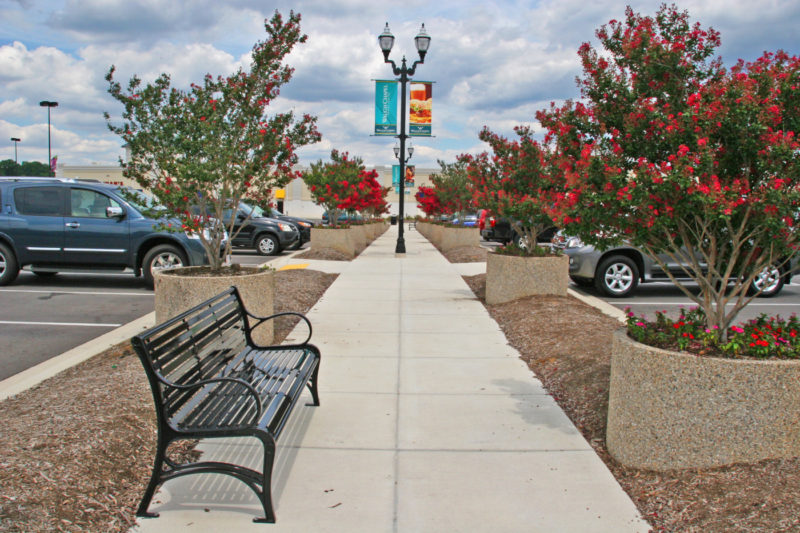
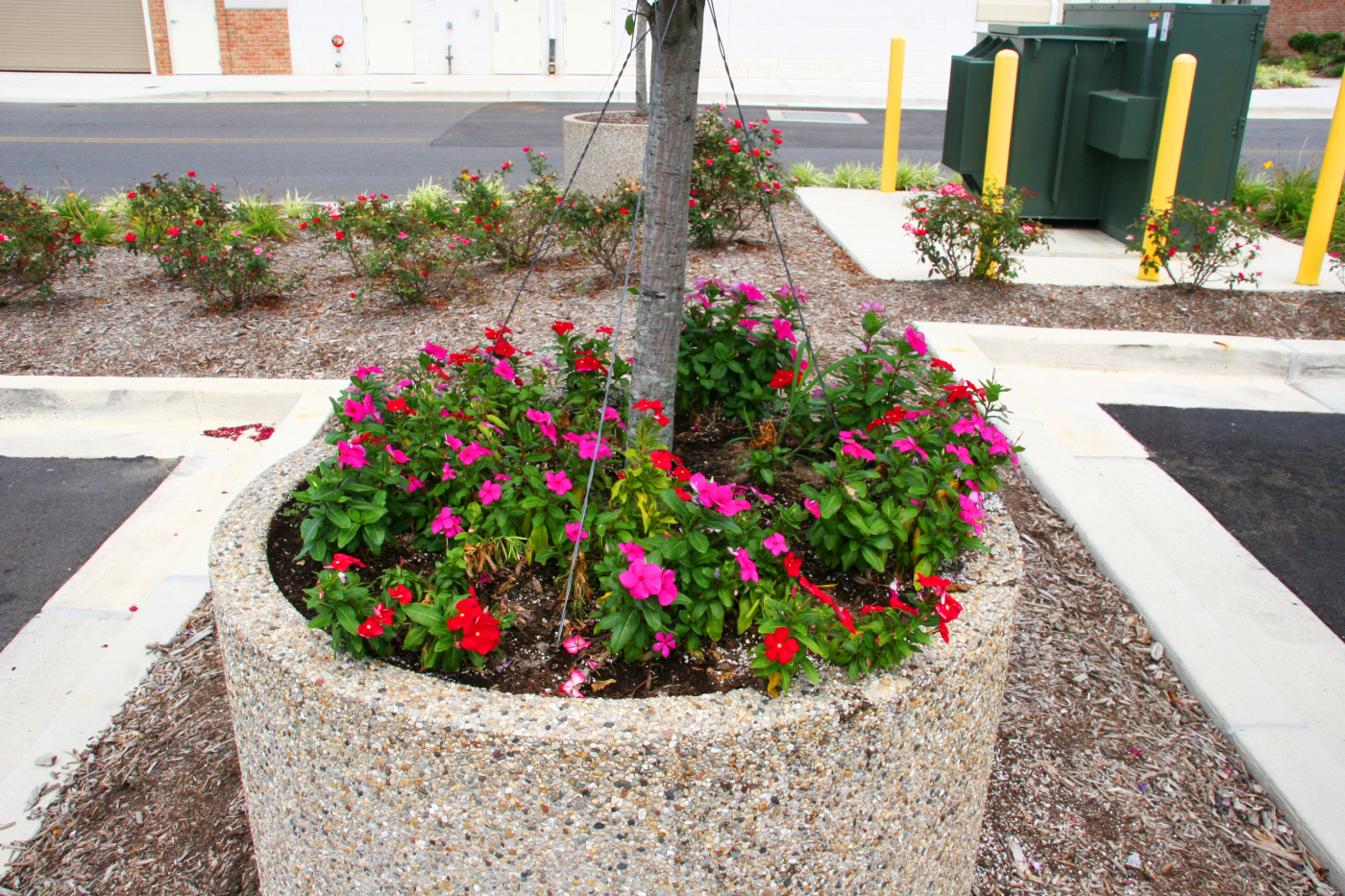
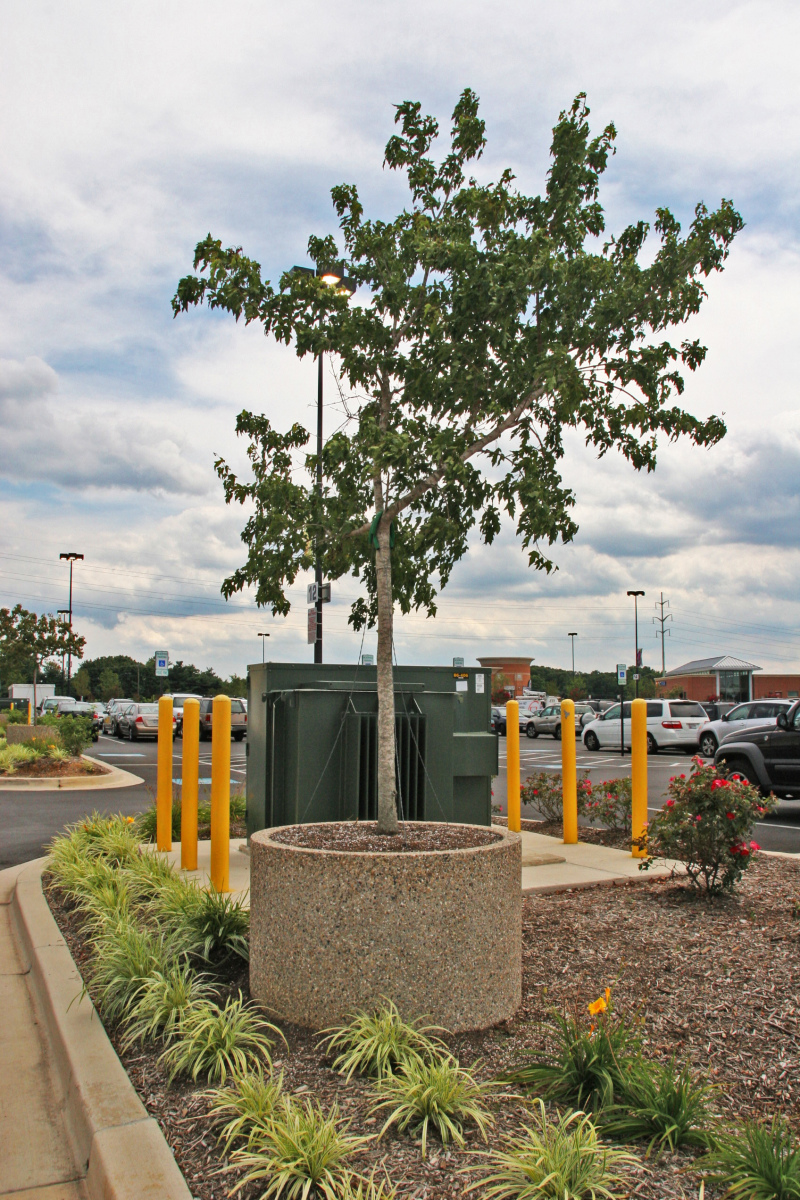
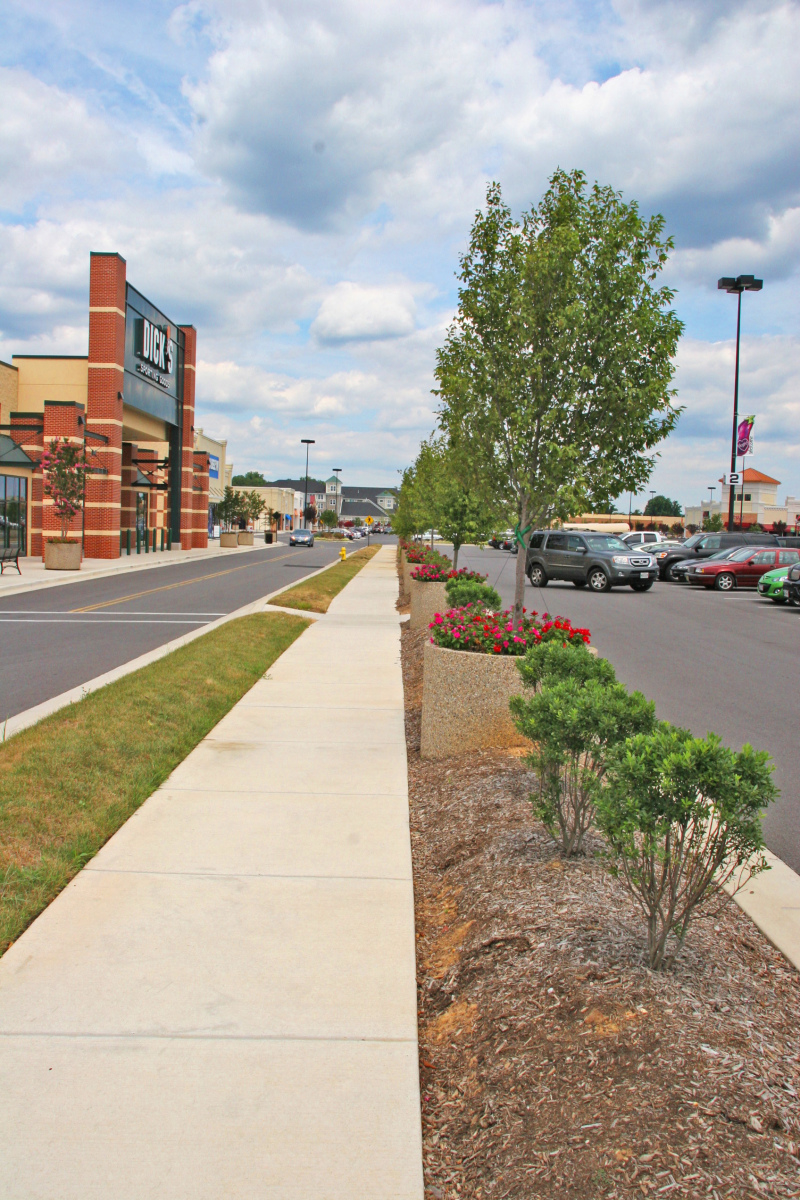

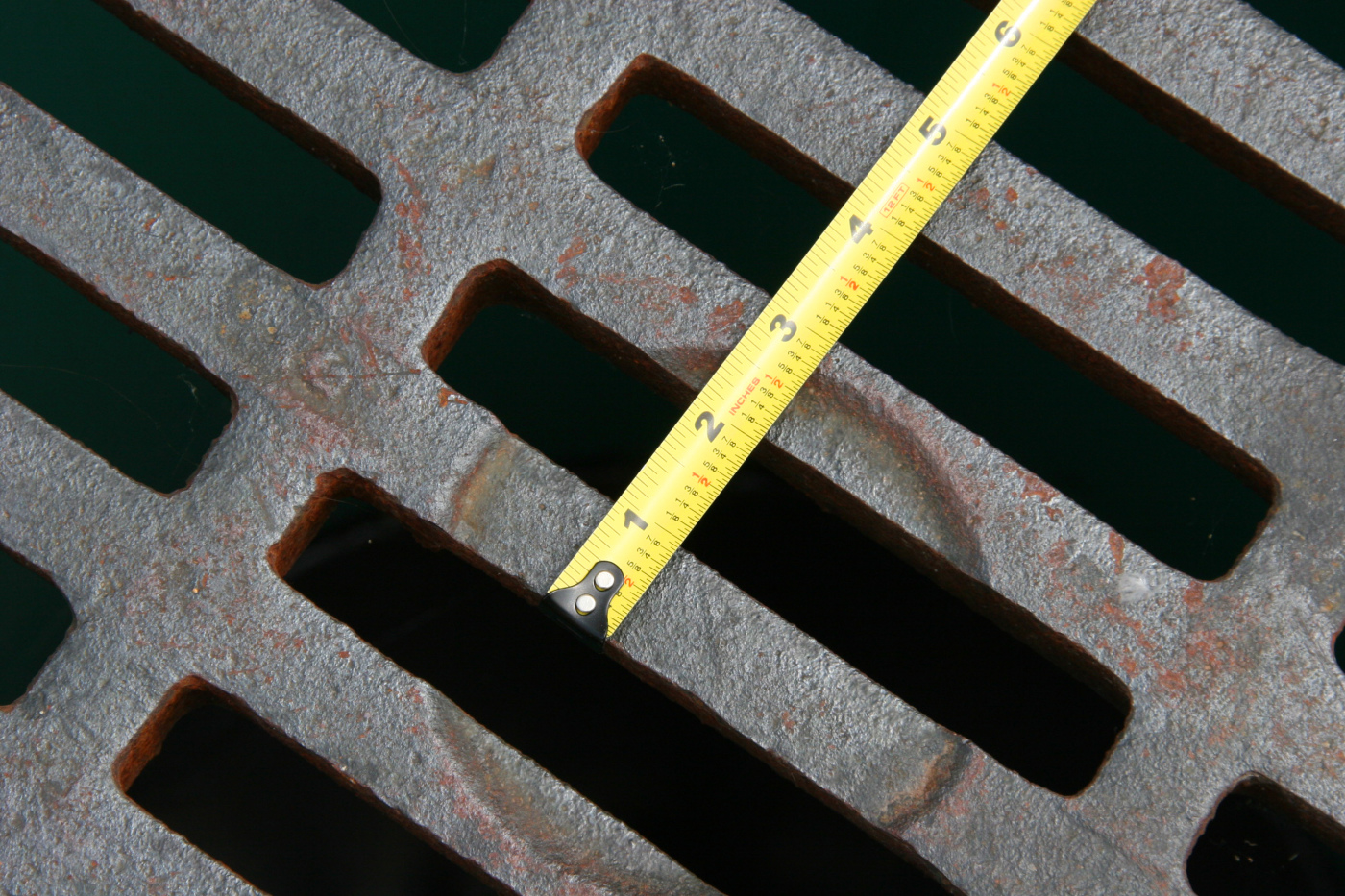






Ed Siribohdi
What a story! Can you imagine a fast speed car hitting the planters? Fixed object is another item we should think about.